Tungsten Telluride Sputtering Target Description
A Tungsten Telluride Sputtering Target is a type of ceramic material composed of tungsten and tellurium, used in sputtering processes. This target is typically employed in thin film deposition and various specialized applications due to the unique properties of the tungsten-tellurium combination.
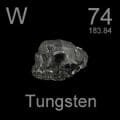 Tungsten, also known as wolfram or wolframium, is a chemical element with the symbol “W” and an atomic number of 74. The name “tungsten” comes from the Swedish words ‘tung sten,’ meaning heavy stone, while “W” is derived from “wolfram,” the old name for the tungsten mineral wolframite. It was first mentioned in 1781 and observed by Carl Wilhelm Scheele, with the isolation later accomplished and announced by the Elhuyar brothers, Juan José and Fausto. Tungsten is located in Period 6 and Group 6 of the periodic table, belonging to the d-block elements. Its relative atomic mass is approximately 183.84 Daltons, with the number in parentheses indicating a margin of uncertainty.
Tungsten, also known as wolfram or wolframium, is a chemical element with the symbol “W” and an atomic number of 74. The name “tungsten” comes from the Swedish words ‘tung sten,’ meaning heavy stone, while “W” is derived from “wolfram,” the old name for the tungsten mineral wolframite. It was first mentioned in 1781 and observed by Carl Wilhelm Scheele, with the isolation later accomplished and announced by the Elhuyar brothers, Juan José and Fausto. Tungsten is located in Period 6 and Group 6 of the periodic table, belonging to the d-block elements. Its relative atomic mass is approximately 183.84 Daltons, with the number in parentheses indicating a margin of uncertainty.
Related Product: Tungsten Sputtering Target
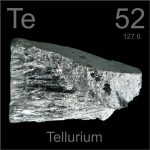 Tellurium is a chemical element with the symbol “Te” and an atomic number of 52. The name “tellurium” is derived from the Latin word ‘tellus,’ meaning Earth. It was first mentioned in 1782 and observed by Franz-Joseph Müller von Reichenstein. The isolation of tellurium was later accomplished and announced by Martin Heinrich Klaproth. Tellurium is located in Period 5 and Group 16 of the periodic table, classified within the p-block elements. Its relative atomic mass is approximately 127.60 Daltons, with the number in parentheses indicating a margin of uncertainty.
Tellurium is a chemical element with the symbol “Te” and an atomic number of 52. The name “tellurium” is derived from the Latin word ‘tellus,’ meaning Earth. It was first mentioned in 1782 and observed by Franz-Joseph Müller von Reichenstein. The isolation of tellurium was later accomplished and announced by Martin Heinrich Klaproth. Tellurium is located in Period 5 and Group 16 of the periodic table, classified within the p-block elements. Its relative atomic mass is approximately 127.60 Daltons, with the number in parentheses indicating a margin of uncertainty.
Tungsten Telluride Sputtering Target Specification
| Compound Formula | WTe2 |
| Molecular Weight | 439.04 |
| Appearance | Gray |
| Melting Point | 1020 °C |
| Boiling Point | N/A |
| Density | 9.43 g/cm3 |
| Available Sizes | Dia.: 1.0″, 2.0″, 3.0″, 4.0″, 5.0″, 6.0″ Thick: 0.125″, 0.250″ |
Tungsten Telluride Sputtering Target Packing
Our Tungsten Telluride Sputtering Targets are meticulously tagged and labeled externally to ensure efficient identification and maintain high standards of quality control. We take extensive precautions to prevent any potential damage during storage and transportation, ensuring the targets arrive in perfect condition.

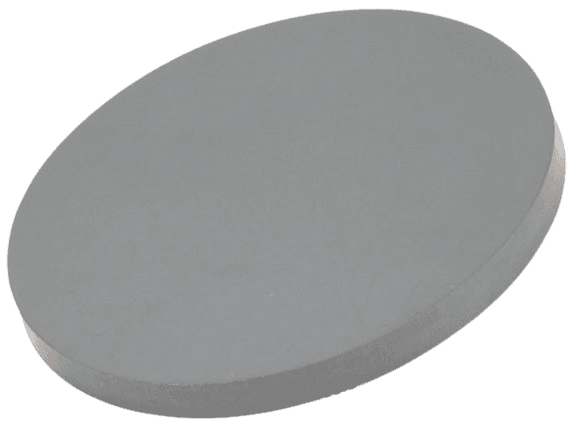

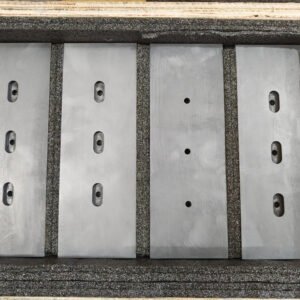
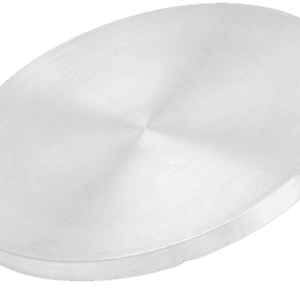
Reviews
There are no reviews yet.